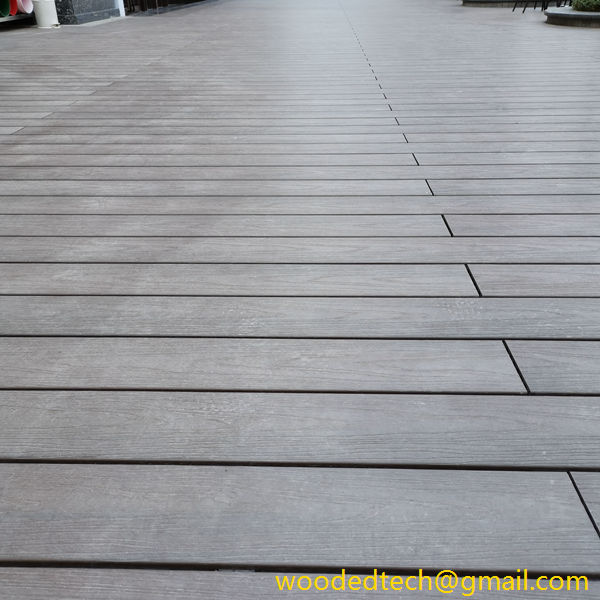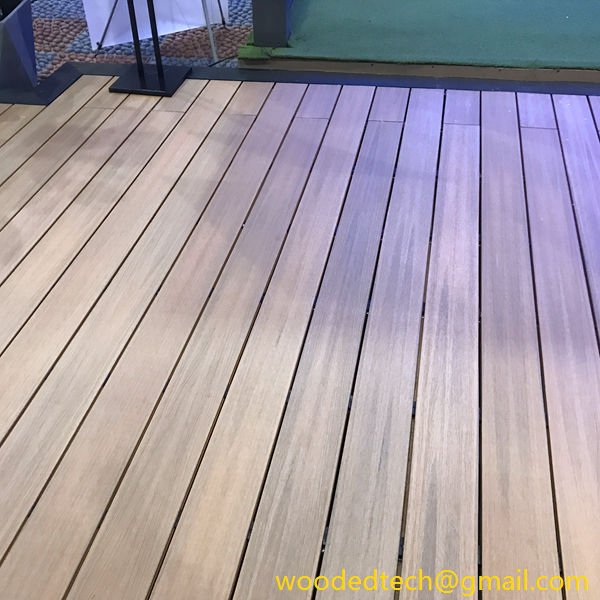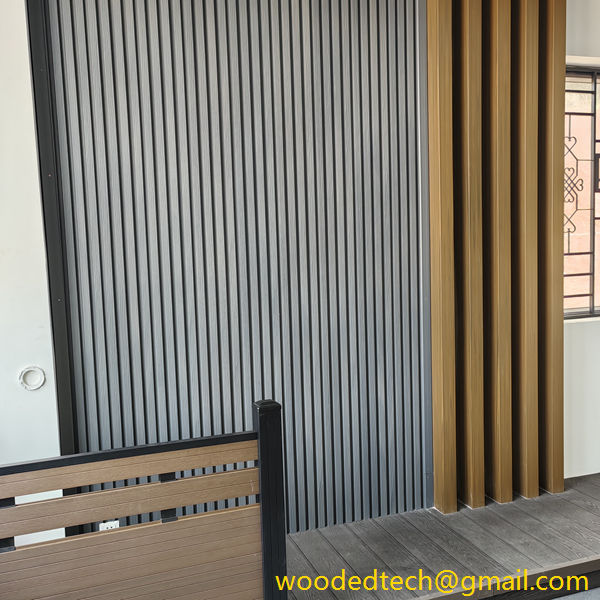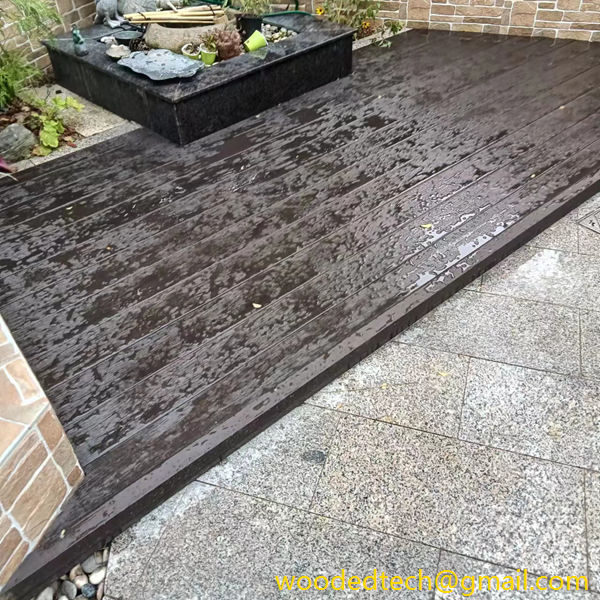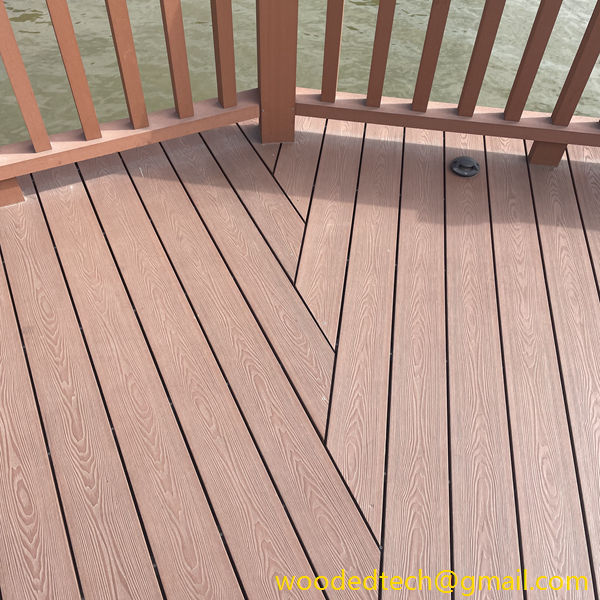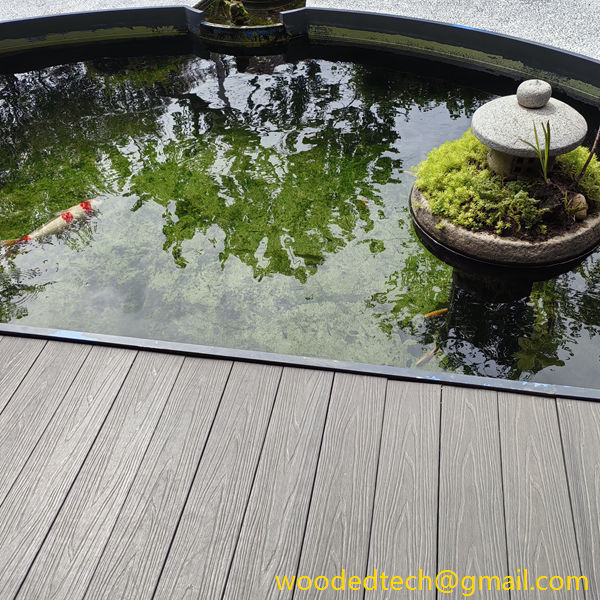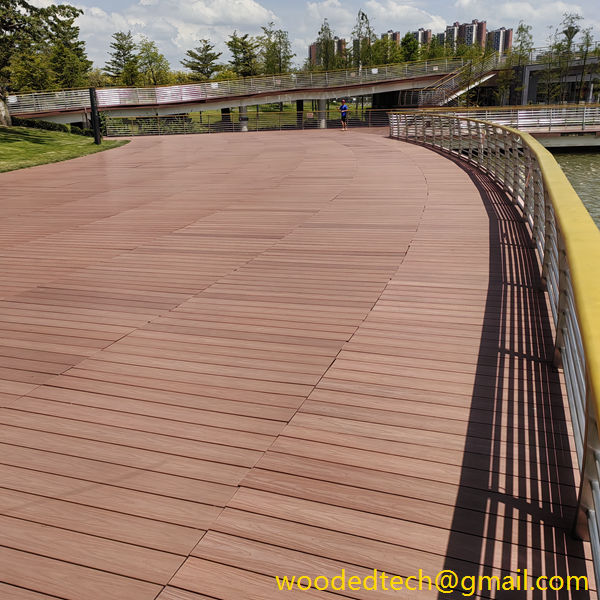HS Code for Plastic WPC Decking: Discover the HS Code for Plastic WPC Decking
HS Code for Plastic WPC Decking Discover the HS Code for Plastic WPC Decking When it comes to international trade, understanding the Harmonized System (HS) Code is crucial for the classification of goods. The HS Code is an internationally standardized numerical method of classifying traded products. This system is used by customs authorities around the…
HS Code for Plastic WPC Decking Discover the HS Code for Plastic WPC Decking
When it comes to international trade, understanding the Harmonized System (HS) Code is crucial for the classification of goods. The HS Code is an internationally standardized numerical method of classifying traded products. This system is used by customs authorities around the world to identify products when assessing duties and taxes. For businesses involved in the manufacturing, import, or export of products, knowing the correct HS Code is essential to ensure compliance with regulations and to facilitate smoother transactions.
One category of products that has gained significant popularity in recent years is Wood Plastic Composite (WPC) decking. These materials combine wood fibers and plastic, resulting in a durable, weather-resistant product that is widely used in outdoor applications such as patios, decks, and walkways. WPC decking offers numerous advantages over traditional wood, including lower maintenance requirements and increased longevity. However, to navigate the complexities of international trade effectively, it is important to understand the HS Code associated with this type of product.
WPC decking is a construction material made from a blend of wooden sawdust, plastic, and various additives. This innovative product is designed to mimic the appearance of natural wood while offering enhanced durability and resistance to moisture, pests, and UV rays. Because of these properties, WPC decking has become a preferred choice among homeowners, builders, and architects looking for sustainable and low-maintenance alternatives to traditional wood decking.
The characteristics that make WPC decking attractive include its resistance to rot and decay, its non-slip surface, and its ease of installation. Unlike traditional wood decks that require regular sealing, staining, and maintenance, WPC decking typically only needs occasional cleaning to maintain its appearance. This maintenance-free aspect appeals to many consumers who seek to enjoy their outdoor spaces without the ongoing burden of upkeep.
The HS Code system is a hierarchical structure that categorizes products in a systematic manner. It is divided into chapters, headings, and subheadings, which provide a detailed description of the goods. Each product is assigned a specific code that allows customs officials to identify it quickly and accurately.
For WPC decking, the HS Code may vary depending on the specific composition and intended use of the product. The code typically falls within the category of plastic products and may also relate to other composite materials. To find the precise HS Code for a specific type of WPC decking, it is essential to consult the official customs tariff schedule or seek guidance from a customs broker.
Accurate classification of WPC decking is vital for several reasons. First, it ensures compliance with international trade regulations. Misclassification can lead to delays in customs clearance, resulting in increased costs and potential legal issues. Additionally, different HS Codes can be associated with varying duty rates, and incorrect classification may lead to overpayment or underpayment of tariffs.
Furthermore, proper classification helps in gathering market intelligence. By understanding the HS Code associated with WPC decking, businesses can analyze trade statistics, identify market trends, and make informed decisions regarding pricing, marketing, and distribution strategies.
One of the most appealing aspects of WPC decking is its maintenance-free nature in the later stages of its life cycle. Unlike traditional wood decks that require ongoing treatment to prevent rot and fading, WPC decking allows homeowners and businesses to enjoy their outdoor spaces without the constant worry of upkeep.
The maintenance-free benefits of WPC decking are particularly advantageous for commercial applications, such as restaurants, hotels, and public spaces, where the aesthetic appeal and longevity of outdoor installations are critical. Business owners can create inviting environments for their customers without the added burden of regular maintenance.
Moreover, the durability of WPC decking means that it can withstand harsh weather conditions over time. It does not splinter, crack, or warp like traditional wood, making it a safer option for families with children and pets. The ability to maintain its appearance and structural integrity means that WPC decking can last for many years with minimal intervention.
In conclusion, understanding the HS Code for Plastic WPC decking is essential for businesses engaged in international trade. This composite material offers numerous advantages, including its maintenance-free nature, which appeals to a wide range of consumers. By accurately classifying WPC decking within the HS Code system, companies can navigate customs regulations effectively, avoid potential penalties, and make informed decisions about their products.
As WPC decking continues to gain popularity due to its sustainability and low maintenance requirements, staying informed about its classification and the associated HS Codes will be increasingly important. Whether you are a manufacturer, importer, or exporter, being knowledgeable about the specifics of WPC decking can help streamline your operations and enhance your competitive edge in the marketplace. Embracing this innovative material not only benefits the environment but also allows businesses and consumers alike to enjoy outdoor spaces with ease and confidence.

